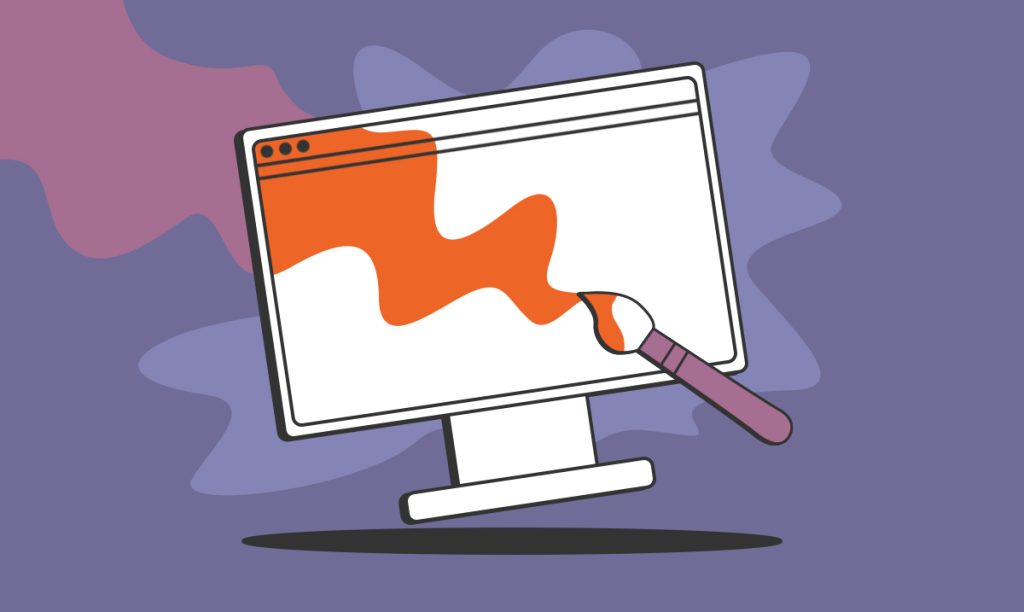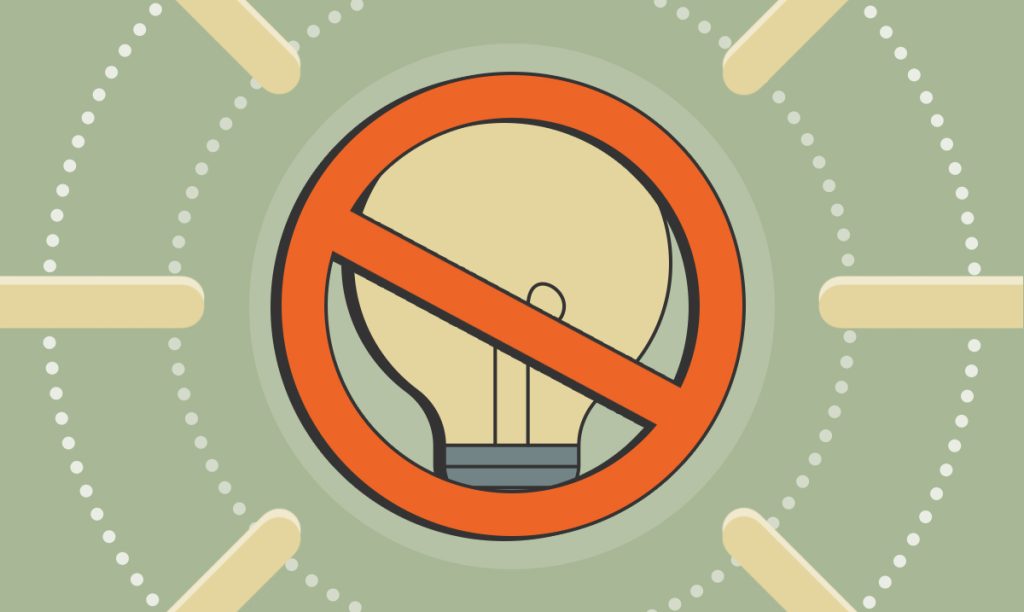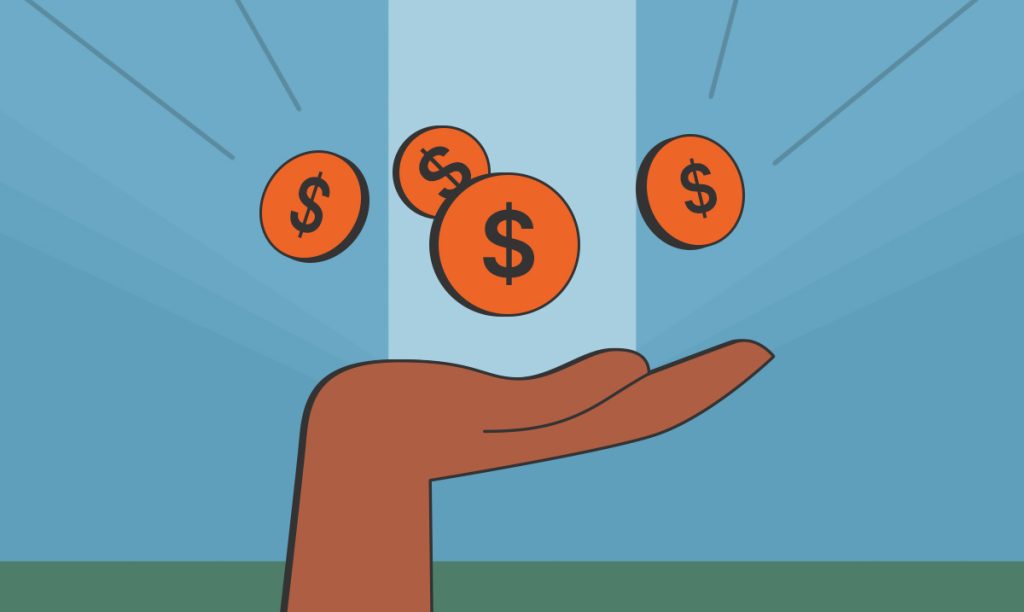What to do if you’re itching to start a business, but that perfect idea just doesn’t come to mind? Luckily for you, we have an answer (or rather ...
Expert Insights on Web Design
Written by: Carolyn Young
Carolyn Young is a business writer who focuses on entrepreneurial concepts and the business formation. She has over 25 years of experience in business roles, and has authored several entrepreneurship textbooks.
Published on July 30, 2024

In the digital realm, web design is the virtual handshake, the digital storefront, and the silent brand ambassador, all rolled into one pixel-perfect package. But in a world where attention spans wane, and trends shift like sand dunes in the wind, what separates the exceptional from the forgettable in web design? We turned to the entrepreneurs who’ve navigated these digital waters to uncover their expert insights. So, buckle up as we delve into the minds of those who’ve mastered the art of crafting virtual experiences that captivate, engage, and convert.
Prioritize Inclusive Design
Go above and beyond your ADA accessibility legal requirements. You must think about accessibility during every step in the design process to build a site that serves and welcomes all users on equal footing. Commit to social responsibility, follow Web Content Accessibility Guidelines, ensure compatibility with assistive technologies, and enhance website usability. Show people you’re willing to walk the DEI walk, not just talk the talk.
Robert Kaskel, chief people officer at Checkr
Immersive Web Design
Much has changed since I designed my first website in 2012. Back then, the focus was not on the visitor’s journey or design creativity but simply being online and joining the club of the internet. Fast forward to 2024, there is a significant focus on “immersive web design,” which is about creating a deeply engaging and interactive experience for the user using innovative technologies like 3D elements, animations, or multimedia content. The goal is to take the user on a journey and convey the brand’s message in a more digestible and engaging way. As we live in a fast-paced world with limited time, there is more and more need for web designs that capture and retain the user’s attention, and I believe immersive web design is the perfect way to do just that.
Tom Molnar, operations manager & co-founder of Fit Design
Mixing AI and Human Touch
Here at First Page Prodigy, we use a mix of AI with human touch. We use AI for original images and ideas on wording pages on our client’s websites. Original images are a big thing in web design as they allow Google to see that we aren’t just using stock images on our site but using our own. Also, for the text on websites, we tend to have AI generate it, and then we use our human writers to go back in and fix up grammar and make sure it sounds human-like.
Jake Bullock, founder/owner of First Page Prodigy
Dynamic Design
The best-looking websites in 2024 simply look more unique than the last. Parallax effects, where images appear not to move as you scroll while the next sections and pictures scroll at different speeds, is a saturated but expandable trend. You can make just about any element scroll at a different speed than others and appear to have a parallax. The digital landscape is windy and turny, so no trend ever dominates for long. Innovative designers are always trailblazing new scroll animations, loud page load animations, and creepy things chasing your cursor away. I imagine the next year to be full of cursor movement & position animations that keep website visitors engaged and provide new experiences for everyone.
Ryan Scanlon, founder & outreach coordinator at Organically
Implementing Voice Search
Voice search integration is a growing trend in web design. It offers a hands-free, convenient way to interact with websites. This trend is particularly relevant in the era of smart speakers and voice assistants like Alexa and Google Assistant.
One key aspect of voice search integration is the use of speech recognition algorithms. These algorithms convert spoken language into written text, enabling the website to understand and respond to voice commands.
To implement voice search on a website, you can use various programming languages and APIs. For instance, JavaScript’s Web Speech API allows developers to incorporate speech recognition into their websites.
However, integrating voice search isn’t just about the technical implementation. It also requires a shift in SEO strategies. Traditional keyword strategies may need to be adapted to accommodate the more conversational language users typically use in voice searches.
Tom Jauncey, CEO of Nautilus Marketing
Combining Typography and Color Theory
Here are some insights on how typography and color theory are shaping the web design world.
Typography is the art of arranging type to make written language legible, readable, and appealing when displayed. Good typography ensures that content is easy to read and accessible to users with disabilities. This includes choosing fonts that are legible on various devices and screen sizes. Typography can also convey the personality of a brand. Selecting the right typeface can evoke emotions and set the tone for user interaction. Well-structured typography guides users through the content effectively, increasing the likelihood of engagement and conversion.
Color theory is a set of principles used to create harmonious color combinations. Colors can make a website stand out and leave a lasting impression on the user. Different colors can evoke different emotions. For example, blue often represents trust and stability, which is why it’s frequently used in banking websites. Colors can also influence user behavior (a well-contrasted call-to-action button can draw attention and encourage clicks).
When typography and color theory are skillfully combined, they can significantly enhance the user experience. Here’s what you need to do on your website:
- Ensure high contrast between text and background colors to improve readability
- Use color and typography to create a visual hierarchy, guiding the user’s attention to the most important elements
- Maintain consistent use of typefaces and colors throughout the website to reinforce brand identity and improve user navigation
Justin Cole, COO of Tested Media
Personalization and Seamless Interaction
Web design is moving fast. Yesterday’s trends are rapidly outpaced by the need for user-centric, individually tailored web experiences. As in my blog post, The Evolution of Web Design, successful websites must go beyond simple aesthetics or even functionality. The key is dynamic personalization and seamless interaction.
Personalization doesn’t just mean using a visitor’s name. It’s about leveraging data to present truly relevant content. Recommendations, tailored landing pages, or even content blocks that change based on past behavior make an enormous difference. Users feel less like targets and more like understood individuals.
This needs to blend with powerful interactive elements. Think beyond hover effects. Animations tied to scroll behavior, micro-interactions as rewards, or gamified elements build engagement. We’re moving past “viewing” a site to participating in it.
The challenge is that these elements must be woven into a site, not bolted on. Performance still matters (if anything, more than ever in the era of mobile usage).
Valev Laube, co-founder & executive director of The VL Studios & project manager at Connective Web Design
Negative Space
As an engineer, solo entrepreneur, and seasoned web developer with over a decade of experience, I believe negative space is the most popular trend in the web development landscape in 2024.
Negative space, also known as “white space,” is the webpage area left unoccupied by visual or text elements. It’s not just an “empty” space but a critical component of web design that helps create structure and improve readability.
The trend of emphasizing negative space is all about minimalism and focus. By increasing the amount of negative space around important elements on a webpage, designers can draw the user’s attention more effectively to those elements, whether they be calls to action, branding, or key information. This approach aligns with the modern user’s preference for uncluttered and well-organized online experiences.
This trend results in not only aesthetically pleasing websites but also ones that perform better in user engagement and conversion rates.
Negative space emphasizes the importance of simplicity in effective web design, affirming that less is indeed better.
Muhammad Qasim, engineer & web developer at www.muhammadqasim.dev (Instagram, X)
Color Psychology
The psychological aspect of design is often overlooked, but it plays a crucial role in how users interact with and perceive websites. We’ve capitalized on the use of color psychology. We redesigned a client’s website to incorporate more blue tones, which are often associated with trust and dependability. This minor change led to an increase in time spent on the site by 20% and improved conversion rates by 10%. It created a psychological environment that enhances user engagement and trust. Understanding the subconscious impact of design elements can transform a website from simply functional to deeply persuasive.
Cole Greer, VP of Easyfish Marketing
Rethinking the Dominance of Minimalism
As a UX Designer, I think one prevailing trend that demands reconsideration is the industry’s obsession with sleek, minimalist designs. While aesthetically pleasing, these designs often overlook the psychological impact of a well-crafted, information-rich homepage.
Ayaan Farabi, graphic designer, typographer & founder of Free Fonts Lab
A/B Testing
A/B testing is undeniably valuable in web design, particularly within the e-commerce space. It helps understand consumer behavior and preferences on a granular level. Through systematic experimentation, we’ve been able to pinpoint design elements that significantly impact user engagement and conversion rates.
We conducted a series of A/B tests for a client’s product page, varying layouts, button colors, and call-to-action phrases. The insights gained led to a 25% increase in conversion rates for the optimized page. Data-driven design decisions are crucial!
Steve Pogson, e-commerce growth specialist & founder of First Pier
Increased Load Speed
We’ve over 10 years of experience in web design for hundreds of clients here in the UK. Our relevant insight into the latest trends works symbiotically with SEO and user experience. Core vitals are a significant ranking factor, specifically on mobile, so we’ve been developing innovative techniques to streamline this value into our web builds and achieve high-performance results for page speed.
With the average attention span for a user being under three seconds, we aim to achieve a load speed of 1–3 seconds by using the following techniques:
- Lightweight, handmade child themes to minimise coding framework
- Consistent image compression with WEBP formatting for LCP and FCP
- The use of CDN for local servers and general load speed
- Web design that focuses on accessibility with clear, minimal layouts to provide users with relevant information swiftly
- Switching to a host that provides one of the best free, exclusive caching plugins that outperform most paid alternatives (siteground)
- Hand coding as much as possible without affecting efficiency to avoid code bloat from popular page builders
The key to innovation here lies in the efficiency of balancing hands-on web design work with automated elements, i.e., a child theme built and optimised in-house, with a host that provides a caching plugin. Both can be applied volumetrically, leaving us with time to work individually on more important elements whilst providing customers with fast, functional products.
Isaac Raffell, web designer & senior SEO technician at Search4local (Company LinkedIn)
Hyperminimalism
Hyperminimalism is one of the best design trends, and it proves that sometimes less is more. Consumers are overwhelmed, overstimulated, and burnt out on too much social media and digital stimuli. Hyperminimalism can bring things back into balance and create an impact through its simplicity and blank space. It’s not about being boring but embracing balance and space to make every page element and word stand out for maximum impact. If you build a website that feels like an oasis, users will breathe a sigh of relief whenever they visit.
Hardy Desai, founder of Supple
Human-Centric Design
Expect pushback against AI-driven elements. Though there are plenty of uses for AI in web design, the way Google calculates the “value” of a website makes human-written content a clear frontrunner because it tends to be much higher quality, more original, and provides real subject matter expertise. Designers should look to stand out with simple designs, hand-drawn elements, and humanized websites.
David Ciccarelli, CEO of Lake
Mobile-First Design
The principle of mobile-first design is a fundamental shift in how we conceptualize website creation, driven by the predominance of mobile web browsing.
In a recent project for a SaaS startup, we adopted a mobile-first design approach from the outset. The result was a significant increase in user engagement rates from mobile users, who accounted for over 70% of the site’s traffic. By designing for the smallest screen first, we were able to ensure that the user experience was intuitive and efficient across all devices, leading to increased session durations and improved conversion rates.
Haiko de Poel, Jr., fractional chief marketing officer at Mass Impact
Subscribe to Our Newsletter
and gain insider access to cutting-edge business insights and trends.
Featured Resources

I Want to Start a Business But Have No Ideas
Published on August 7, 2024
Read Now

Customer Relationship Management Best Practices
Published on July 30, 2024
Customer relationship management (CRM) is no longer just a transactional process. Now, it’s a must for any business looking to thrive in thiscusto ...
Read Now

Funding Solutions for Small Businesses
Published on July 30, 2024
Starting a small business is more than just a dream; it’s a bold leap into innovation, passion, and resilience. Yet, one of the most dauntingchall ...
Read Now
Comments